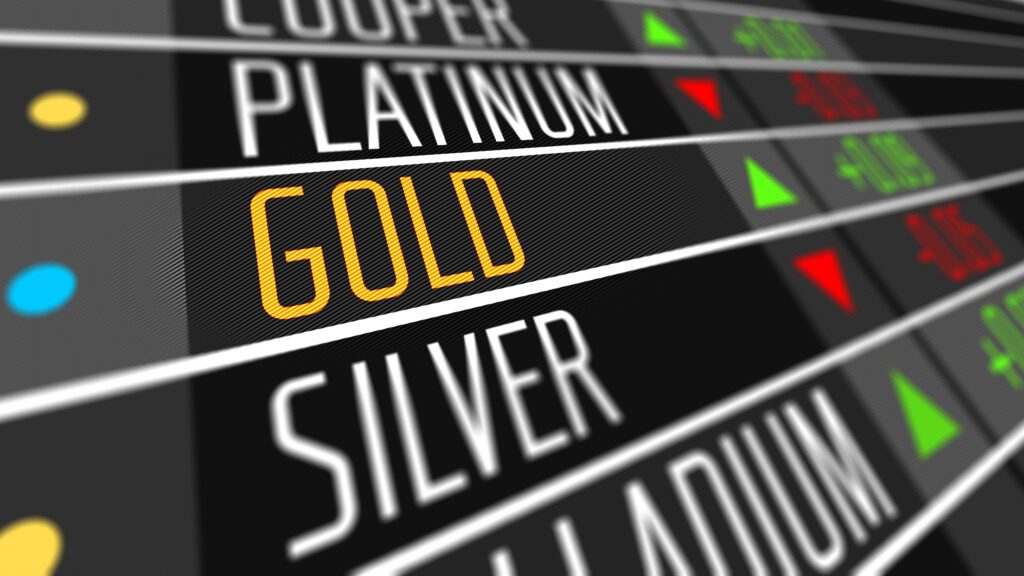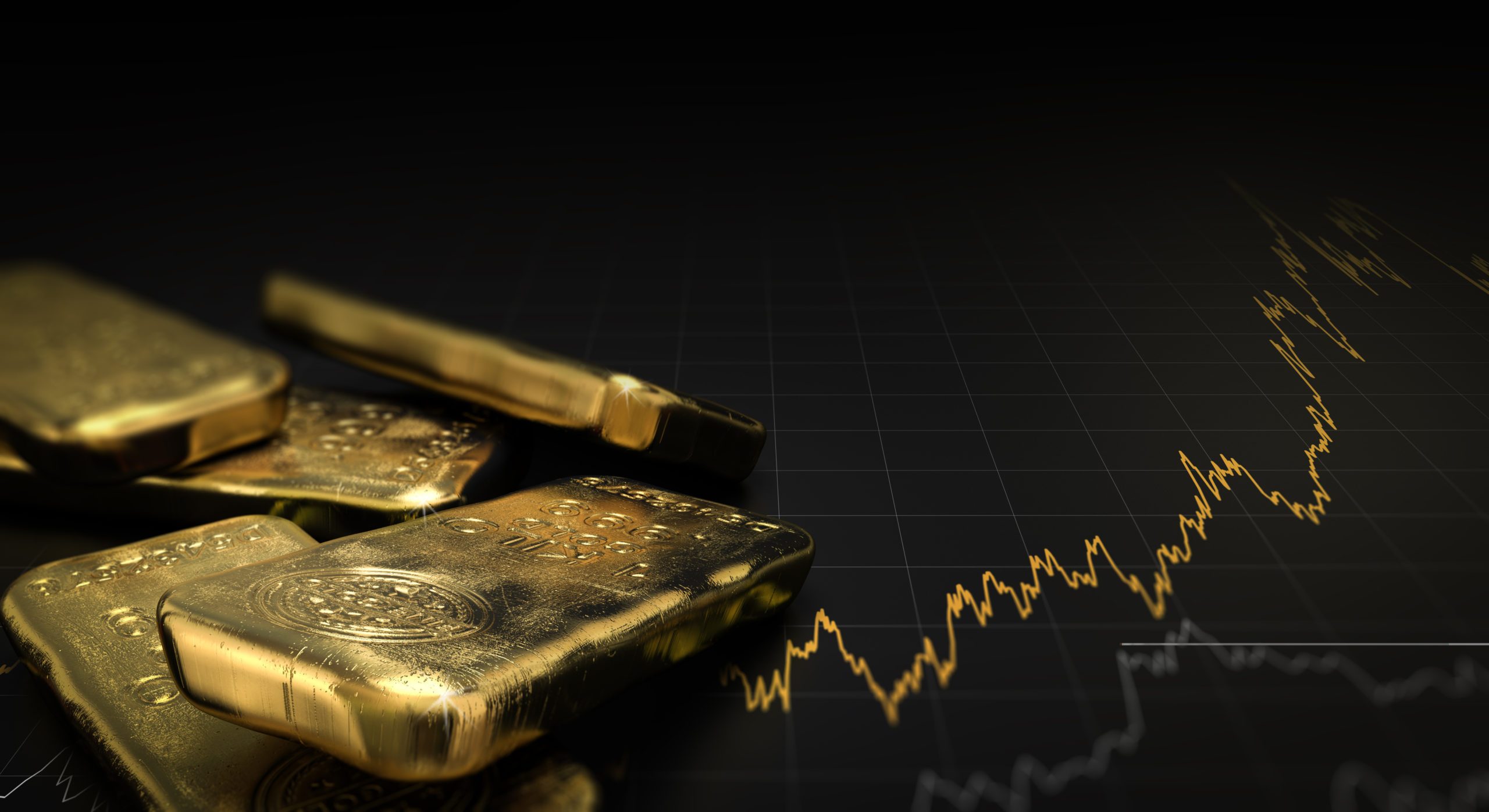If you regularly buy or sell gold, you’re well aware of the fluctuating spot prices of precious metals. But what are the major forces behind the sometimes-unpredictable swings in the price of gold?
As an asset that’s globally traded 24 hours per day, gold’s prices are influenced by a complex combination of factors. Many of the underlying economic forces that impact gold prices are not widely understood. But there are several key factors that consistently impact gold’s value. These include U.S. monetary policy, the relationship between gold and the stock market, supply and demand dynamics, and political instability.
Many of gold’s price factors are tied to its status as a safe-haven asset. Gold has long remained a reliable store of value, having low correlation with other asset classes and acting as insurance during falling markets and times of geopolitical tensions.
What is the Gold Price in 2024?
The price of gold hit an all-time high this past April, and experts predict that the metal will reach even further heights before the end of the year. This year’s record highs in gold prices can be attributed to a variety of factors, including escalating geopolitical risks, shifting interest rate expectations, budget deficit concerns, inflation hedging, and increased central bank purchases. Gold is forecasted to average $2,500/oz in the fourth quarter of 2024!
Monetary Policy
Some people believe that monetary policy from the U.S. Federal Reserve is one of the biggest indicators of gold prices. The logic states that if the Fed raises the federal funds rate, the gold price will dip.

Others disagree. For instance, a study from the National Bureau of Economic Research concluded that there was no solid correlation between interest rates and gold prices. The study argues that throughout much of the 1970s, U.S. interest rates rose sharply, but the price of gold rose right along with them. In the ‘80s, interest rates declined, but gold entered a bear market.
Rising interest rates can be bullish for gold if they negatively affect the U.S. stock market. It’s not uncommon for investors to flock to gold as a safe haven when the stock market takes a downward turn.
For example, gold prices jumped by more than 60% in 1973 and 1974, while interest rates rose and the S&P 500 Index sunk more than 20%.
Supply & Demand
Since gold is both a commodity and a monetary investment, the basic functions of supply and demand may have a significant influence on its price. And while a surge in the gold supply can trigger a price decline, demand is ultimately the driving factor.
In 2020, the COVID-19 pandemic significantly impacted gold demand, which dropped by 14% compared to 2019, marking the first time demand fell below 4,000 tons since 2009, according to the World Gold Council. Amidst this decline, gold prices surged by over 25% in 2020, reaching a record high of $2,067.15 in August.
Despite the lack of physical demand for gold for jewelry and technology, investor demand was very high in 2020. Political instability, the pandemic, and stock market volatility led to record inflows for global gold ETFs ($47.9 billion in U.S. dollars). This is prime example of investors looking to gold during times of market turmoil.
Strategies For Selling Gold
Trying to “time” the gold market and sell when the price is highest sounds like a great strategy in theory. But timing the market is actually pretty difficult to do in reality. Many of Garfield’s longest-standing clients follow an investment strategy known as Dollar-Cost Averaging (DCA) when selling gold and other precious metals.

DCA is a strategy in which you sell gold at regular intervals, regardless of the spot price. This tried-and-true method takes the guesswork out of timing the gold market. Instead, you average out wins and losses over the long run. But DCA protects you from market volatility, and you don’t have to worry about whether you’re refining your gold at the right time or not.
All in all, investing in precious metal bullion like gold, silver and platinum is a smart way to diversify your portfolio. And regardless of your unique investment strategies, Garfield Refining will always be the premier option if and when you’re looking to sell your gold. We take pride in offering the industry’s highest payouts and best customer service!
If you’re looking to sell unwanted gold scrap, look no further than Garfield Refining. Established in 1892, Garfield is a premier precious metals refinery located in Philadelphia, PA, that has served more than one million satisfied customers. Learn more about our process and start your free shipment today!

